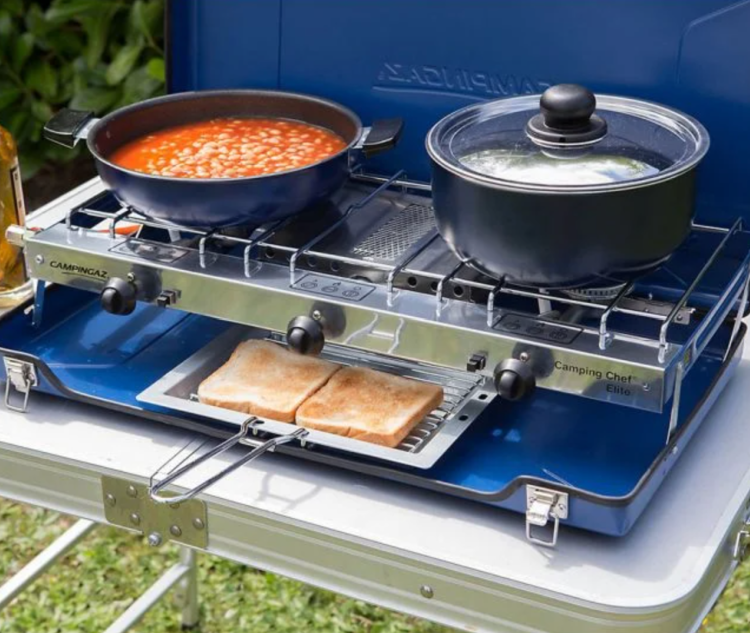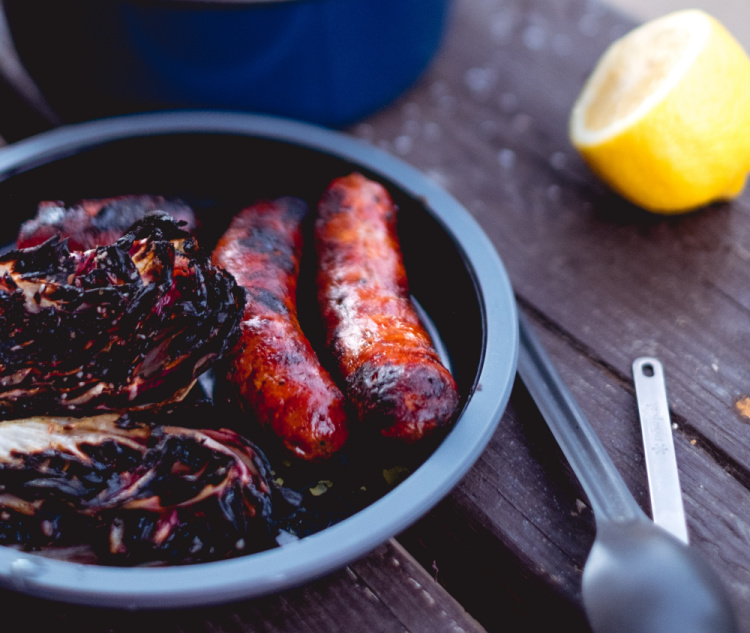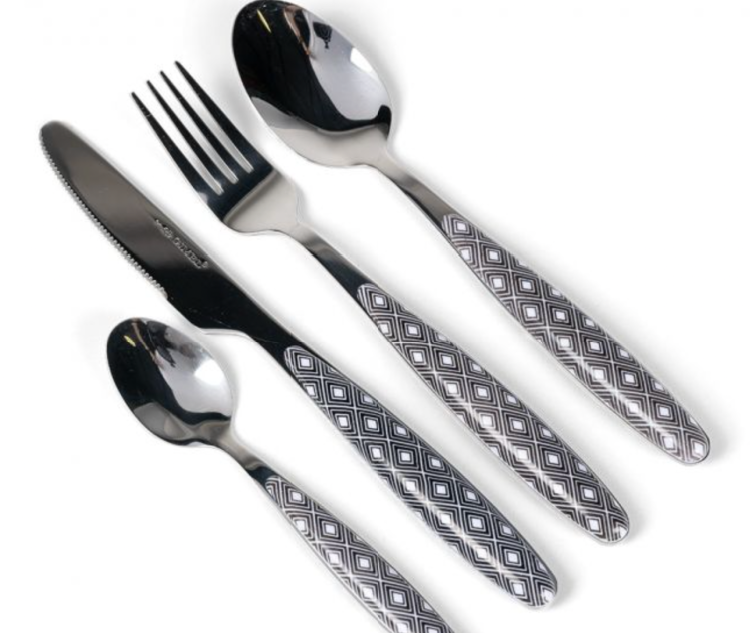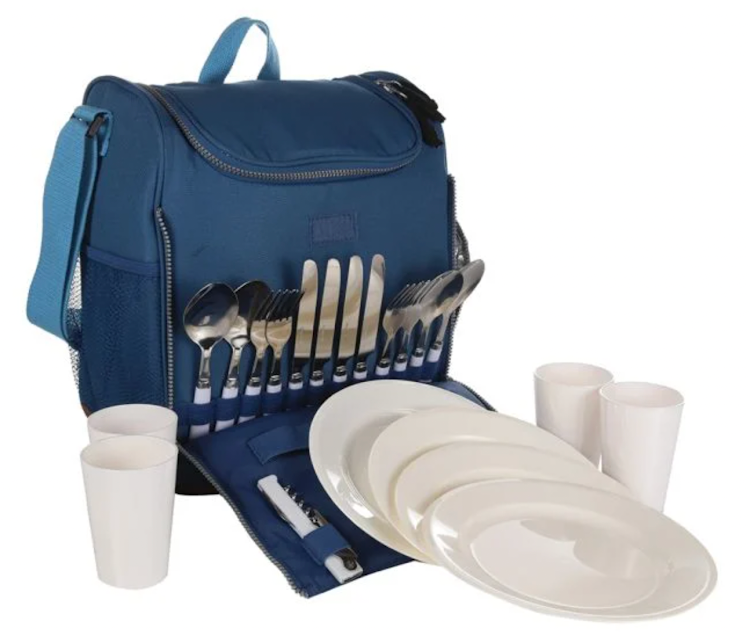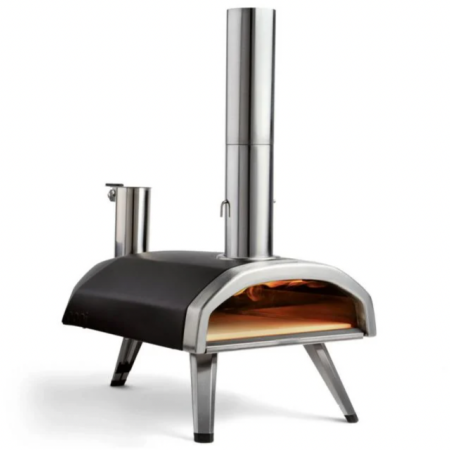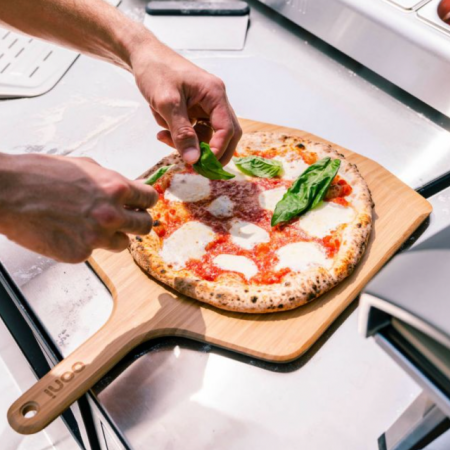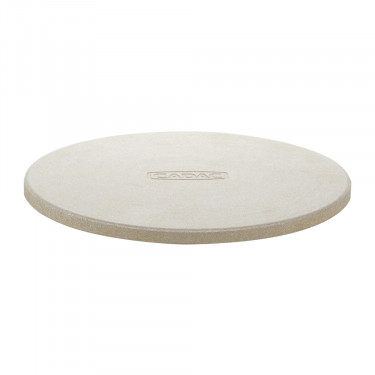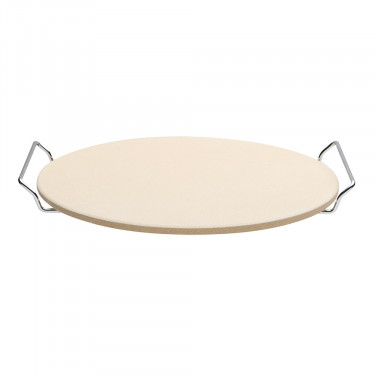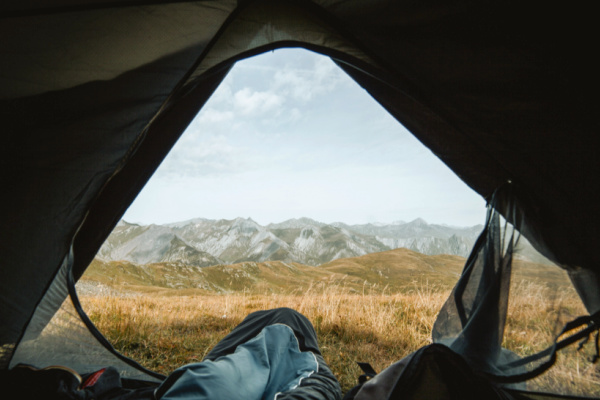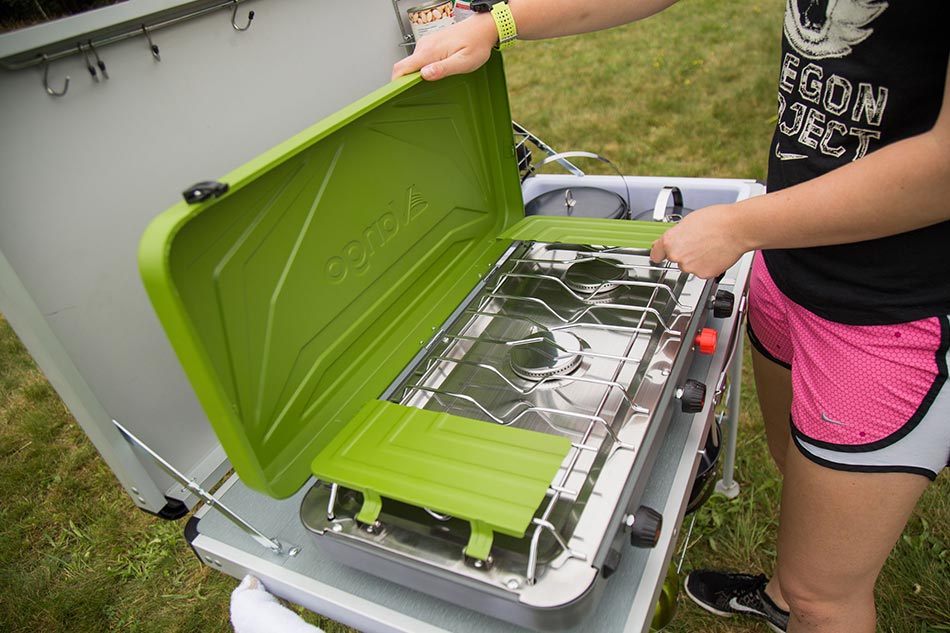Liquid fuel stoves
Liquid fuel stoves tend to be quite compact, and they use refillable fuel bottles that contain methylated spirits, Coleman fuel, kerosene, or paraffin.
If your main priority is reliability – a liquid fuel stove will do the job as they work incredibly well in extreme temperatures. The only downside to liquid fuel stoves is that they can be difficult to operate in comparison to other types of stoves, and they do require regular maintenance and cleaning to prevent any premature breakage.
Alcohol burners
A favourite with tough terrain hiking due to being a minimalist asset. Alcohol burner stoves, such as those manufactured by Trangia, are powered by methylated spirits and are effective across a wide range of conditions.
The consensus is that these stoves are the most unlikely to fail you when you’re out in the wilderness, as there are virtually no moving parts, so very little maintenance is required. All you need to do is fill it and light it – then you’re good to go!
Most alcohol burner stoves also come with pots and pans included, which slot in with one another to make storage and transport much easier.
Solid fuel stoves
A solid fuel stove will use fuel such as alcohol gel or ‘hex’ blocks. These stoves are safe to use and relatively easy to use. Brilliantly suited for camping trips that involve the whole family as opposed to a solo trip.
The drawbacks to opting for a solid fuel stove are that in comparison to other choices out there – they burn slowly and are quite inefficient. It’s also harder to get your hands on the fuel blocks themselves, which you’ll need if you’re using a solid fuel stove.
Camping cooking equipment
There’s more to consider than a good stove if you want to enjoy great meals on your camping trips. These include:
It’s important to make sure that the materials you purchase are equipped for the great outdoors, as cooking materials for camping are more hardwearing and durable than the cookware you purchase for your home. This is because they need to be able to withstand more wear and tear, and of course – outdoor use.
Most camping cook sets are made out of aluminium, as it is an extremely lightweight material.
Keep a lookout for cook sets that have space-saving features, such as being able to fold and slot in together so that you can carry them with ease. Opt for non-stick pots and pans – because let’s be honest, you don’t want to spend your camping trip scrubbing away at your cookware!




